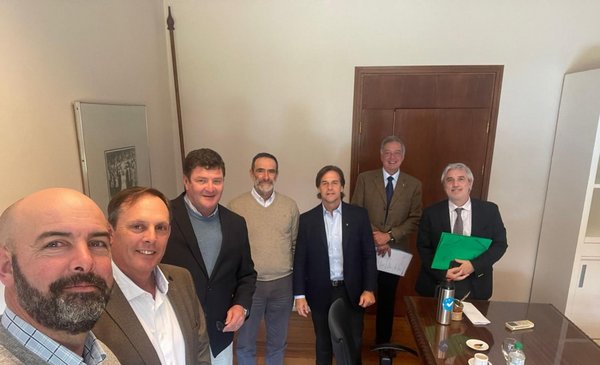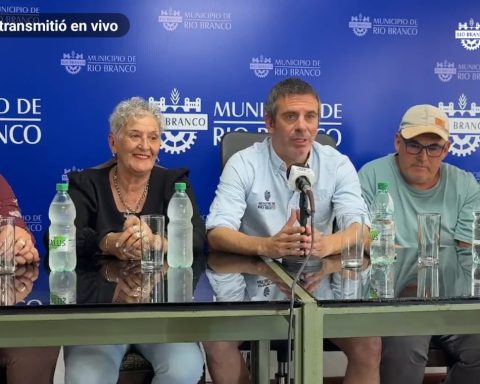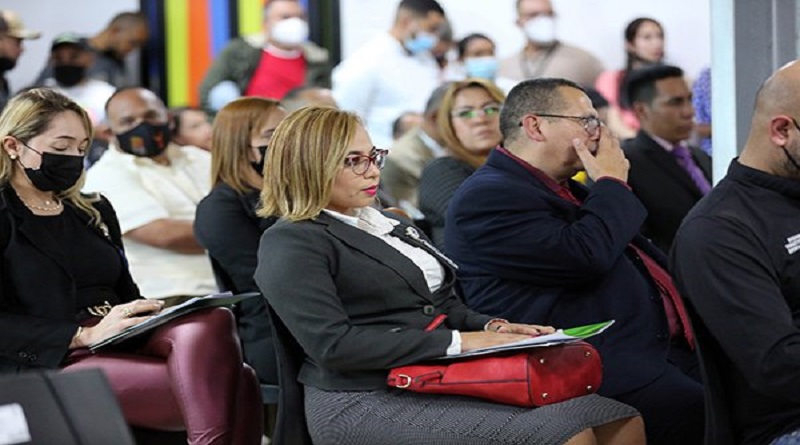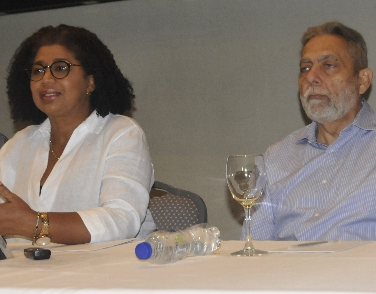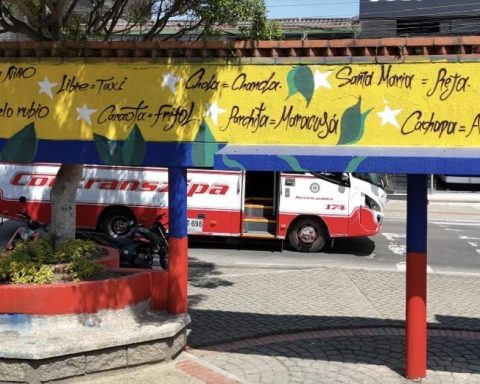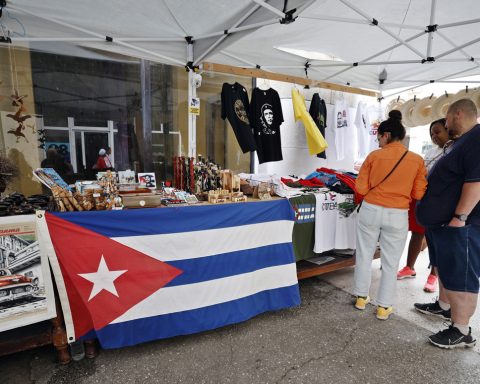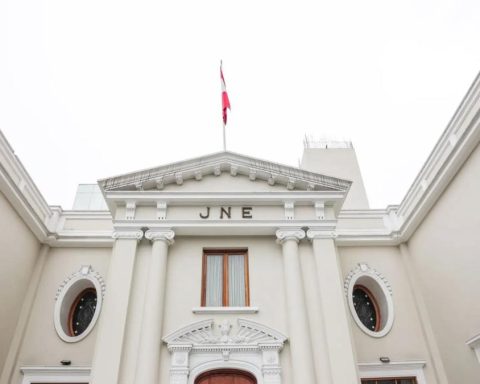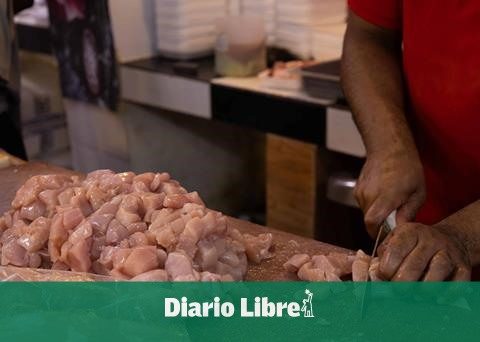Lowering electricity and maritime transport rates, keeping in mind that fuel “is an input that weighs heavily” on profit margins, and that the price of the dollar affects competitiveness were some of the issues that the rice farmers conveyed to him to the President of the Republic, Luis Lacalle Pou, told The Observer Alfredo Lago, head of the Rice Growers Association (ACA).
This week, representatives of the ACA met with the president and other members of the Executive Branch, including the Minister of Livestock, Agriculture and Fisheries (MGAP), Fernando Mattos, to fine-tune the production agenda and present the needs of producers. for the second half of the year. And several requests were made.
problems that afflict
“The sector today has competitiveness problems, rice is not at the export price levels that other agricultural export items have and the equation for the producer is being adjusted a lot,” Lago stressed.
65% of this campaign’s harvest has already been sold. The main destinations were the European Union, Mexico, Peru, Brazil and Turkey, and the price obtained per ton of processed rice is US$ 500reported Lago, 10% less than at the same time last year.
The production has been sold but “the problem that Uruguay has today is the process of adding value,” he said. As explained by the producer and union leader, rice with a higher degree of elaboration is less competitive in the market, because the industrial process leads to higher costs, so “if we sell paddy rice we are more efficient.”
Exchange rate
In line with the need to improve the competitiveness of the rice sector, one of the topics discussed at the meeting was the exchange rate, which directly affects the competitiveness of the sector.
“The exchange rate is a negative factor for sectors like ours, we understand the reasons why it is as it is today, but it obviously affects it,” said Lago.
The possibilities of trade relations with China, Turkey or within the framework of the Trans-Pacific Agreement were valued by the producers, since “these are things that are very exciting,” he said. Although the agreements are not yet closed, the advances are seen with very good eyes given the possibility of increasing trade and thus being able to improve income from rice exports.
Rate improvement
The rice growers asked Lacalle Pou to take into account the improvement of some rates, including electricity. With an improvement in the structuring of UTE’s rates, competitiveness could be improved, Lago said.
The ACA has previously met with UTE authorities, and according to the producer, they have been well received.
On the other hand, the tariffs of the port of Montevideo were also discussed, which “continue to be heavy for the rice sector”, given that a large part of the production is exported through that terminal year after year.
Mobility
Finally, the issue of transporting the harvest was also discussed. On the one hand, the producers put on the table the possibility of having a second bridge in Yaguarón in order to improve the arrival of Uruguayan rice at the port of Río Grande do Sul, in Brasil; on the other hand, the qualification of corridors for tri-trains was insisted again.
The latter is a longstanding request from rice growers. The tri-trains are a type of cargo vehicle made up of a box and three trucks that have a load capacity of up to 74 tons. Currently, in Uruguay they are used by the forestry industry. According to data from Forest Magazine, a “conventional” truck can transport up to 45 tons and a bi-train (which has a box and two trucks) up to 57 tons, so using a tri-train would allow more cargo to be sent per trip.
